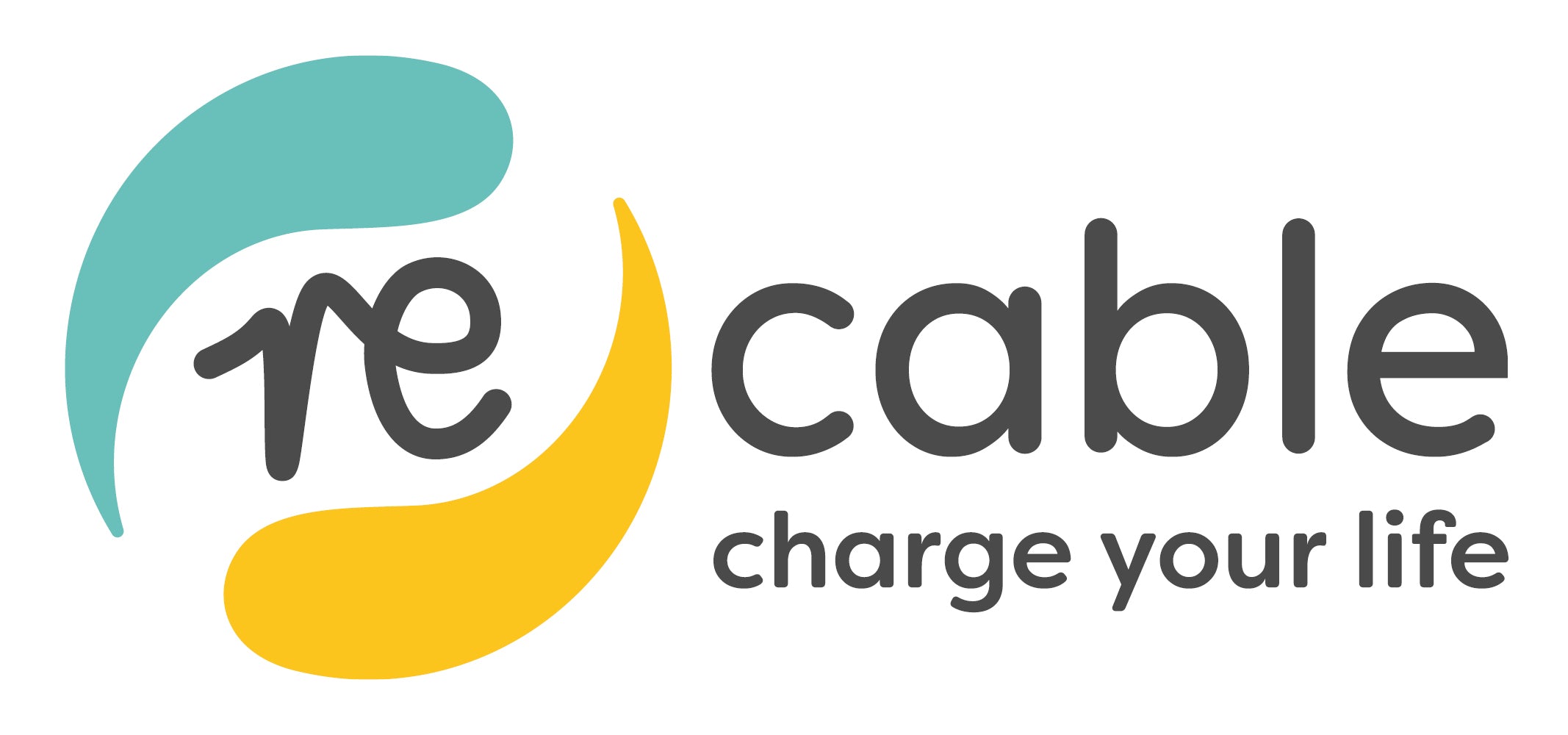Repair USB C Cable (with USB A host)
Crap. Your recable has a broken cable? Sure, that's annoying at first - but it's not a big problem! Because recable is a repairable charging cable. With a few simple steps (and a few simple tools) you can easily repair it yourself.
Why is this a good idea? By repairing your charging cable, you are doing something good for the planet. Because you avoid electrical waste and conserve resources. You also don't need to buy a new cable and save money. A win-win situation for you and the environment!
Ready? - Then let's get started!
Difficulty: medium
Time required: approx. 30 min
What you need

- Side cutters
- Combination pliers
- Soldering iron
- Solder
- Cutter knife
- Lighter
- heat shrink tube
(We use a shrinkage ratio of 3:1 with an initial diameter of 9.5 mm. Can be found here ).
Tip: If you are missing one of the tools, you don't have to buy a new one. Instead, borrow it from neighbours, friends or your family. Maybe there is a repair café near you that can help you.
Let's go!
Step 1

- Unplug recable from the power supply, disconnect the power supply.
- Carefully cut the heat shrink tube lengthwise with the cutter-knife.
- Peel the heat shrink tube from the connector housing with your fingers.
Step 2

- Use the cutter-knife to bend open both clips of the strain relief.
Step 3

- Carefully bend the metal housing open with your fingers - not too far, otherwise the metal hinge will break.
- Use the cutter to prise open the latches in the middle of the casing. You can also use a needle for this.
- Take off the casing.
Step 4

- Heat a soldering contact with the soldering iron until the solder melts.
- Move the connector so that the stranded wire comes off the solder pad.
- Repeat the process for all connections. A "third hand" can make your work easier.
Step 5

- Cleanly cut off the damaged part of the cable with the side cutter.
- Free the cable with the pincers to approx. 1.5 cm from the braided sleeve.
- Fuse the ends of the braided hose together with the lighter.
- For the natural fibre braided sleeves, you may need to use a strip of Washitape to secure the braided sleeve against unravelling.
Step 6

- Expose the strands over a length of 8 mm.
- Carefully cut the sheath of the cable all around with the cutter (not too deep!) and pull it off with your fingers.
Step 7

- Scribe the insulation of the stranded wire 3 mm behind the end.
- Pull off the insulation with your fingers.
- Repeat this step for all four strands.
Step 8

- Soak the stranded wire with solder by heating it with the soldering iron and adding the solder. Clean your soldering tip in between, e.g. with a wet piece of kitchen roll.
- Repeat the step for all four strands.
Step 9

- Sort the strands by colour in the following order:
red (power supply)
white (data-)
green (data+)
black (GND) - Join the stranded wire and the matching solder pad. Fuse the two together with the soldering iron.
- Repeat the step for all four strands. If tin is missing on the solder pad, proceed as in step 8.
Step 10

- Press the latches in the middle of the casing back with the cutter.
- Place the housing over the USB-C connector.
- Smooth out the braided sleeve on the cable, all the way into the strain relief.
Step 11

- Place the stranded wire of the shielding in the strain relief.
- Press the casing shut with your fingers.
- Press the clamps of the strain relief firmly with the Combination pliers .
Step 12

- Slip the heat shrink tube over the USB-C plug and shrink it with the lighter.
Do not get too close with the flame. The heat shrink tube will otherwise become sooty. To avoid this, you can also use a heat gun instead of the lighter.
You did it!
By repairing your recable, you have made a small but important contribution to environmental protection. That's great!
Where to put the rubbish?

If you should have broken something during the repair, you will find here Spare parts.
